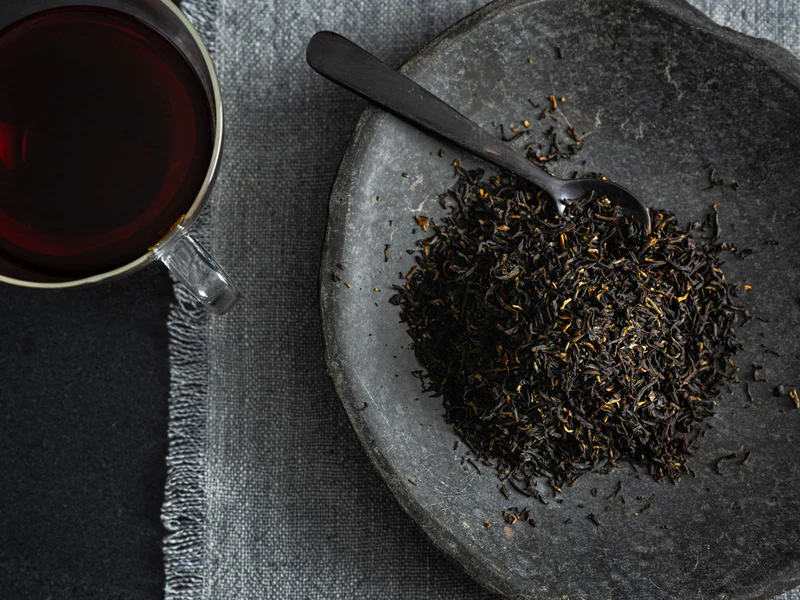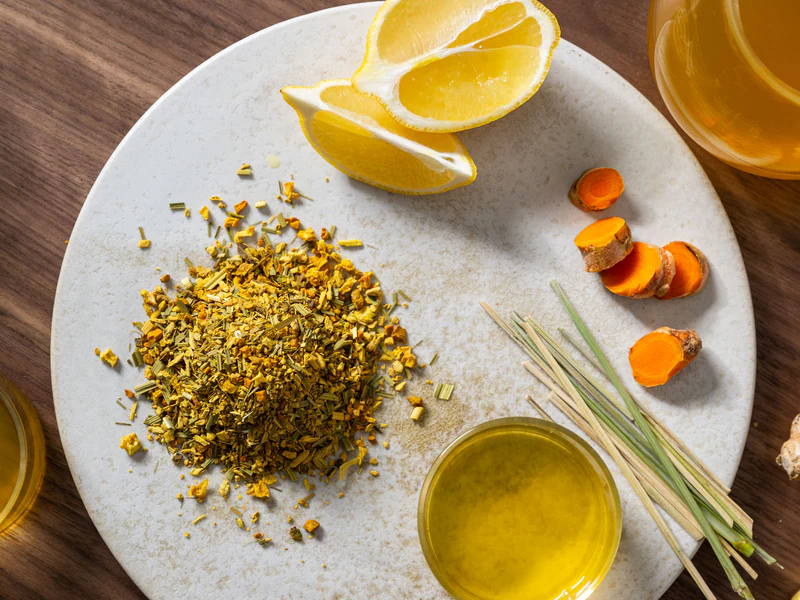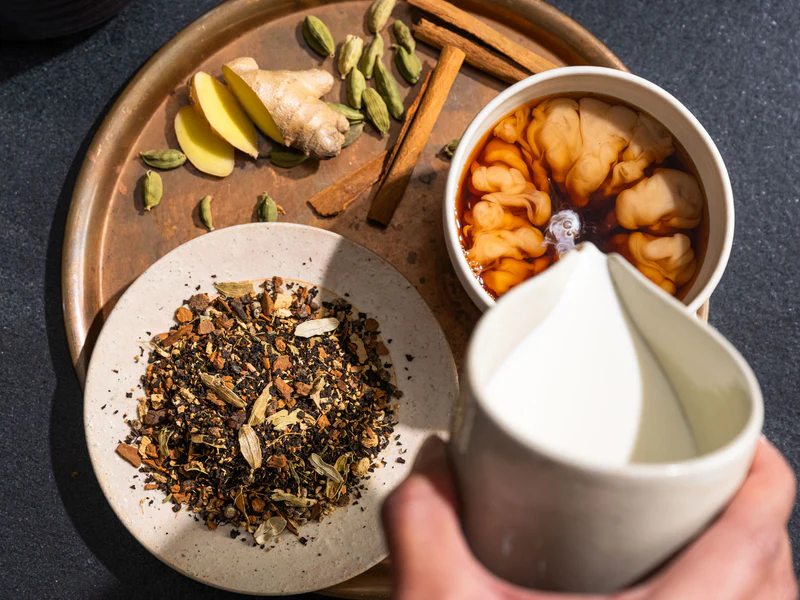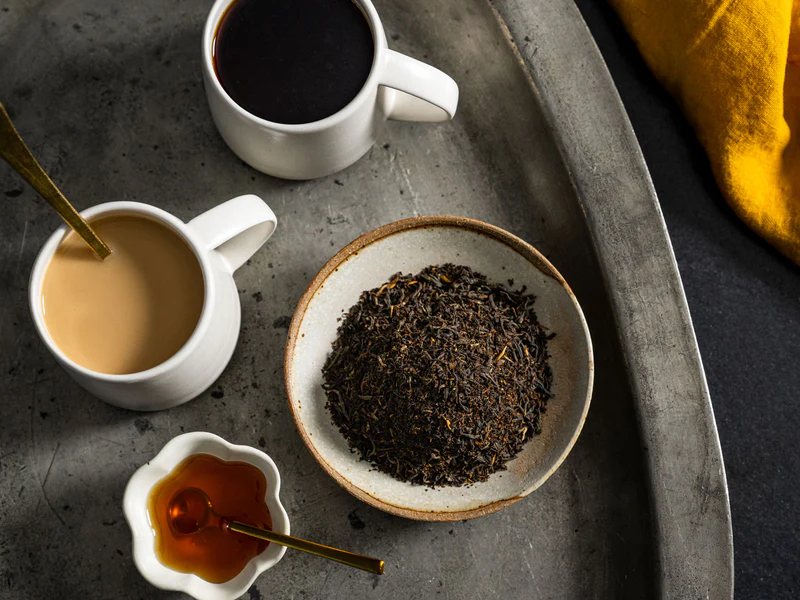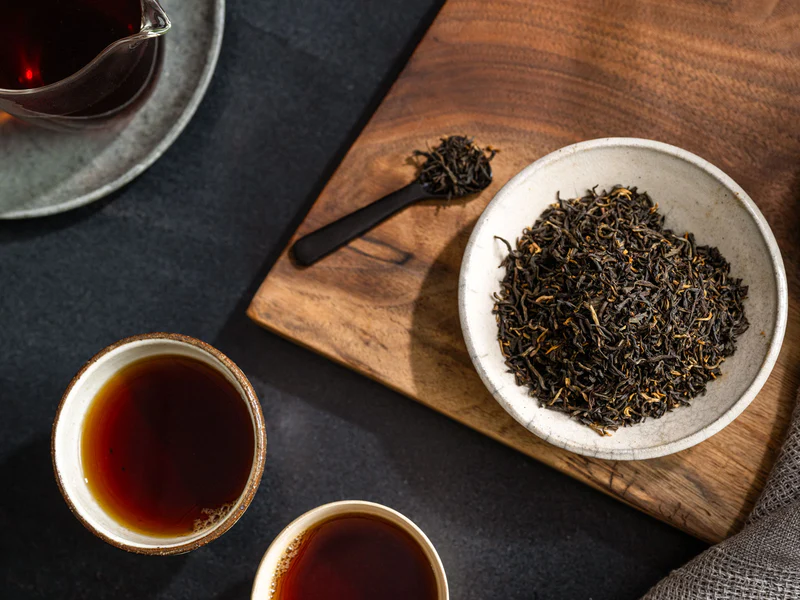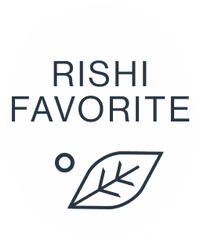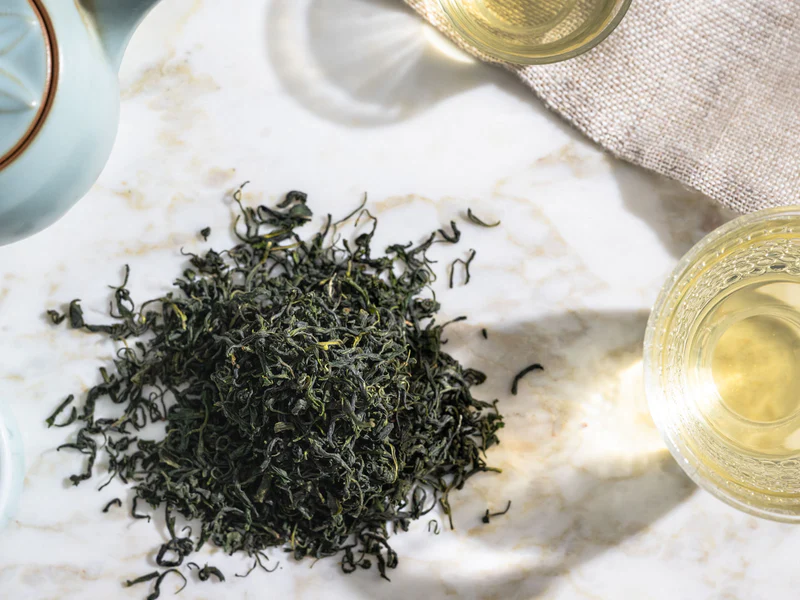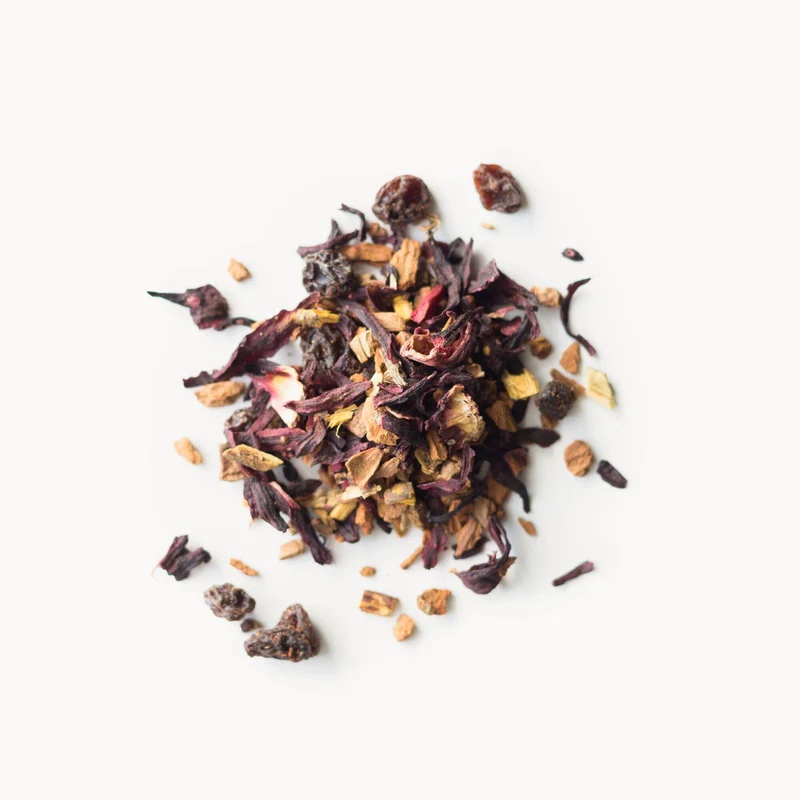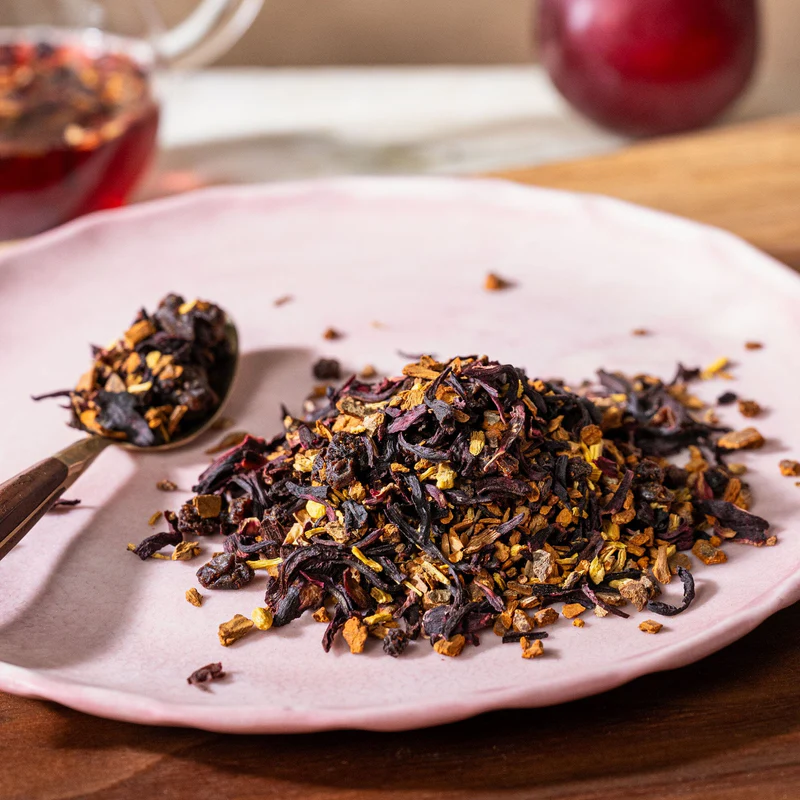Our Growing Regions: Egypt, Myanmar, West Africa
Hibiscus Sabdariffa, commonly known as Roselle, is a tropical plant with a rich history and diverse uses. Its origin can be traced back to Africa, specifically Sudan. From there, it spread to other regions with suitable climates, such as Nigeria, Egypt, Thailand, China, and many more.
The flavor profile of Hibiscus Sabdariffa is tart and pleasantly sour, with a hint of cranberry-like notes. It is this unique taste that makes it a popular ingredient in herbal teas and culinary recipes. In herbal teas, it adds a refreshing and tangy element, either on its own or blended with other herbs and fruits. When used in foods, it can enhance the flavor of dishes, particularly in sauces, jellies, desserts, and beverages.
Different varieties and cultivars of Hibiscus Sabdariffa have evolved over time due to natural selection and human intervention. For example, Sudanese varieties tend to have larger sepals and a deeper red color, while Nigerian varieties are known for their intense tartness. Egyptian varieties are often favored for their high-quality fibers, which are used in the textile industry. Thai and Chinese varieties also have their own unique characteristics, such as variations in color, taste, and suitability fordifferent growing conditions.
Aside from its culinary uses, Hibiscus Sabdariffa is known for its potential health benefits. It is rich in antioxidants, particularly anthocyanins, which have been linked to various positive effects on human health. These antioxidants help protect the body against oxidative stress and inflammation. Hibiscus tea has been traditionally used to support cardiovascular health, as it may help lower blood pressure and cholesterol levels. It is also believed to have antimicrobial and anti-inflammatory properties, which may aid in digestion and overall immune function.
In conclusion, Hibiscus Sabdariffa is a versatile plant with a fascinating history and a wide range of uses. Its distinct flavor and health benefits make it a popular choice for herbal teas, foods, and natural remedies. The different varieties and cultivars offer various qualities and characteristics, adding to the diversity and versatility of this remarkable plant.

 Best Sellers
Best Sellers









